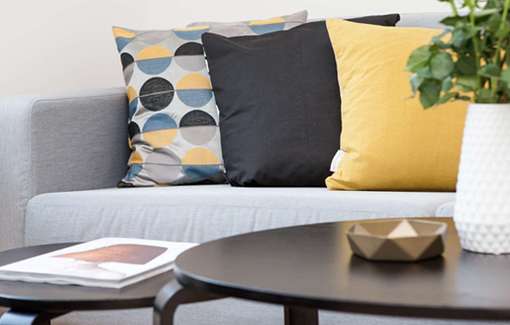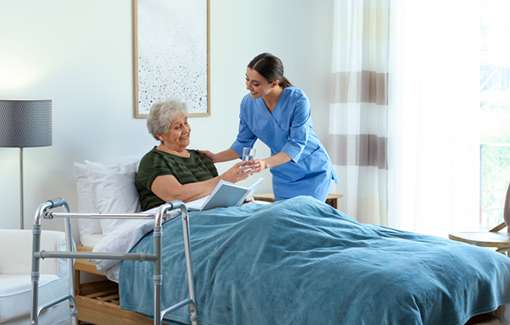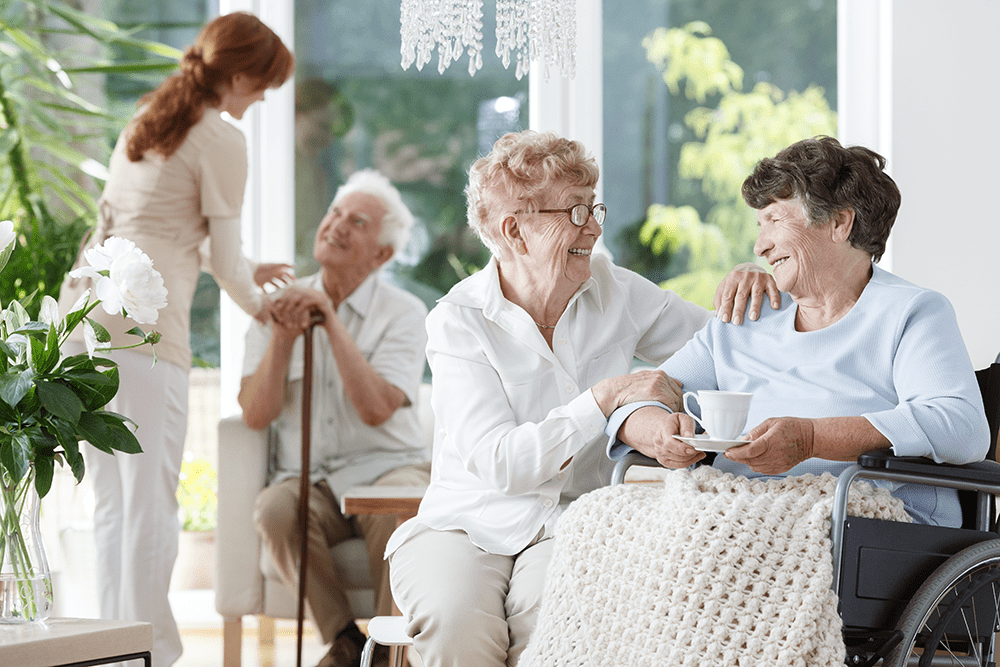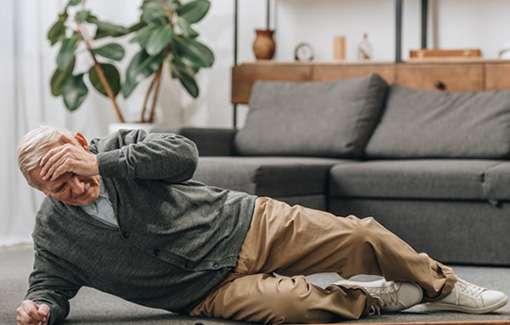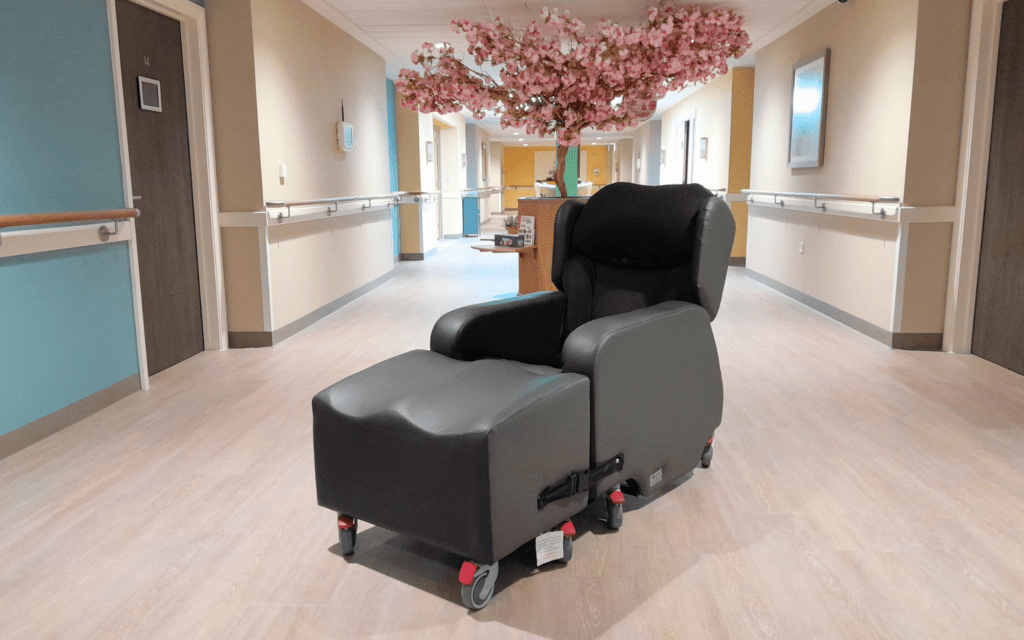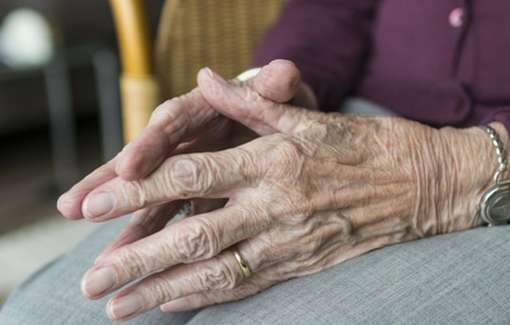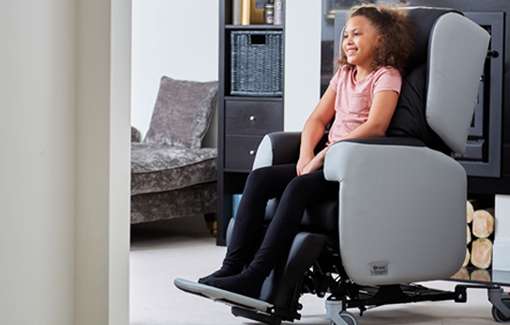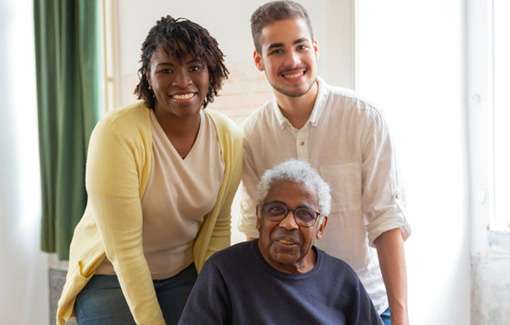Every year in the UK, a third of people aged 65 or over in the UK suffer a fall; that roughly equates to six people over 65 falling every minute. What’s more startling is that a high proportion of these falls leads to more serious injuries — hip fractures being arguably the most troublesome.
50% of people who suffer a hip fracture don’t ever fully recover their independence, and the mortality rate following a hip fracture is 1 in 4 within the first year following the fracture. With those figures in mind, it’s easy to understand how impactful hip fractures can be amongst the older community.
We’ve come up with some easy things you can do to help prevent falls and hip fractures from occurring, from easy at-home fixes to protective equipment. Here are a few things you can do to help protect the people around you from a potentially life-changing hip fracture.
Jump straight to…
What are hip fractures?
If you imagine your thigh bone (femur), it goes from the top of your knee all the way up and into the pelvis. To keep your femur secured in place, the femoral head (usually) fits snugly into the joint socket of the pelvis. The femoral head is attached to the femur by the femoral neck.
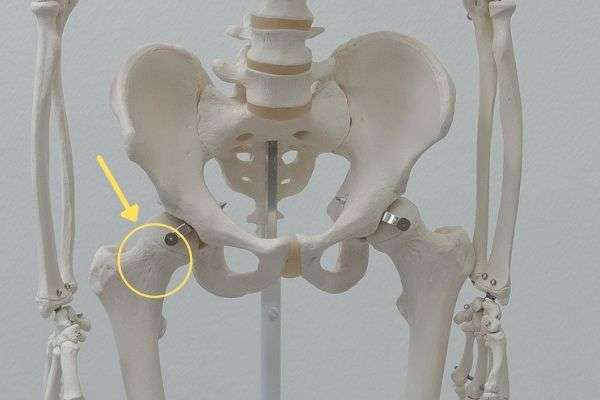
One of the most common hip fractures is a breakage in the femoral neck.
Whenever healthcare professionals refer to hip fractures, they are often talking about a breakage in the femoral neck. It’s not just any kind of bone fracture because it’s disabling your hip joint and it makes it incredibly difficult to use your leg. It would be like trying to rotate and move your arm around when it’s disjointed from the shoulder.
What causes hip fractures?
Falls are by far the main cause of hip fractures. The sheer force of your body falling to the ground can easily cause a fracture, and often, it’s your hip that takes the brunt of the fall. Something as simple as not picking your feet up enough or tripping over a loose cable can lead to something as serious as a hip fracture.
The good thing is that we can take plenty of preventative measures to protect ourselves from falls. It doesn’t, however, mean that we are altogether immune to falls. We need to take preventative and protective steps to protect ourselves from hip fractures.
Who is most at risk of a hip fracture?
Older people are more at risk of hip fractures for several reasons. The statistics go hand-in-hand with people who are more at risk of falls which makes complete sense given that falls are often the main culprit when it comes to hip fractures.
A decline in physical fitness can be a key factor in making someone more susceptible to a fall. As people grow older, they sometimes adopt a less active lifestyle, resulting in reduced muscle strength, flexibility, balance, and decreased bone mass. All of these things can make it more difficult to avoid falls and hip fractures.
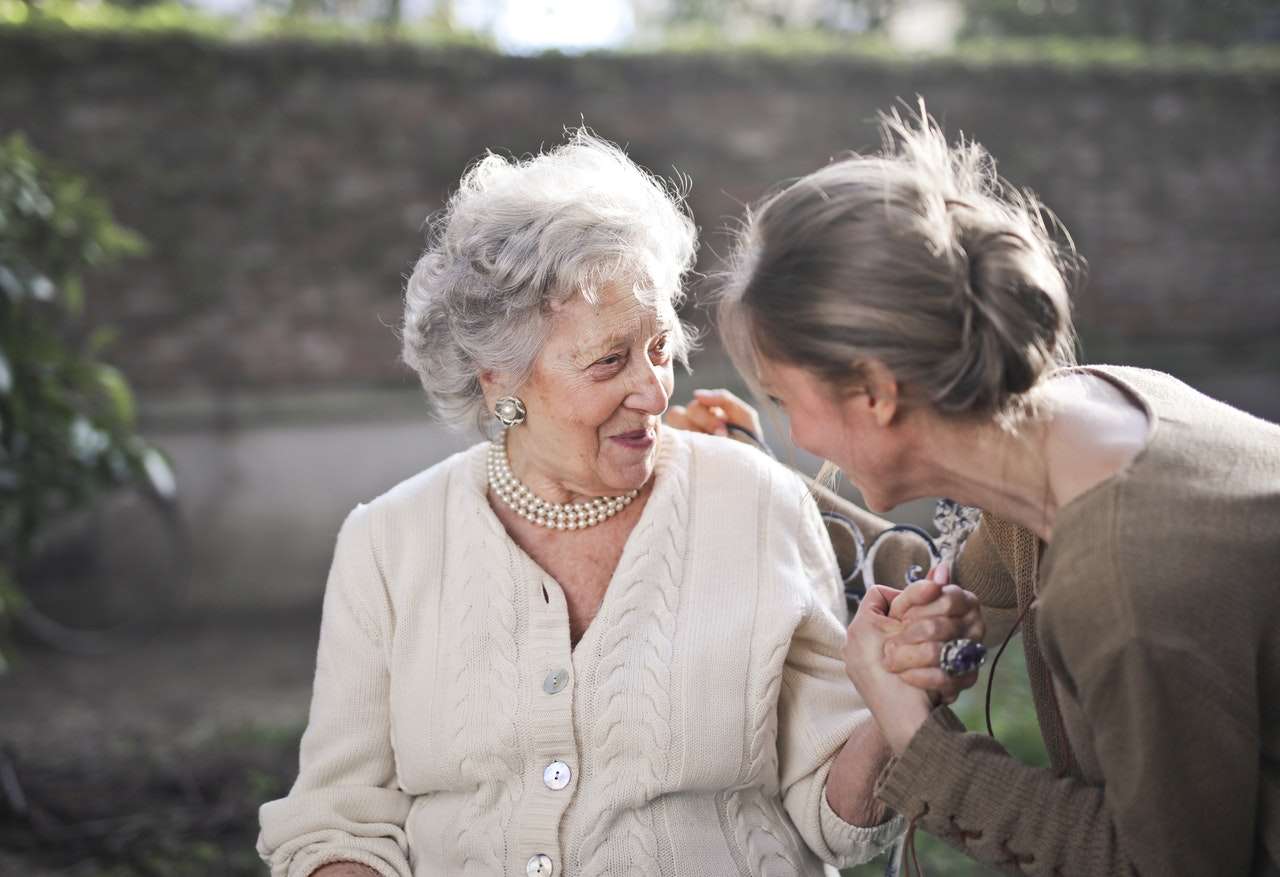
Women are more likely to develop osteoporosis thanks to bone loss during menopause. Hip fractures are a common injury for people who live with osteoporosis.
People with osteoporosis will also be more susceptible to broken bones as a result of a fall. Osteoporosis is a condition that develops over several years and weakens the bones. Women are more at risk of osteoporosis as they lose bone more rapidly after going through menopause, and 75% of hip fractures are sustained by women. Broken hips are a common injury for people with osteoporosis.
For people in care homes or under more moderate medical care, there are additional factors. Certain prescription medicines like sedatives, anti-depressants, and some cardiovascular drugs can cause side effects like dizziness and low blood pressure that can contribute to accidents or falls.
People living with chronic conditions such as Parkinson’s Disease, Alzheimer’s, and even arthritis will also be more at risk of falls and hip fractures due to cognitive impairment and weakness.
How to prevent hip fractures
There are 3 key things to address to prevent hip fractures from occurring — exercise, preventing falls, and protective devices. By addressing all 3 of these things, you can help to minimise the risk of hip fractures for yourself or your loved ones.
1. Exercise
Exercise is key to good health at every stage of life, but in later life, it can make a huge difference in your quality of life as well. Exercising regularly will help improve your overall mobility and fitness. Strength and balance training are key to minimising the chance of falls and ensuring that you are protecting yourself from possible long-lasting injuries.
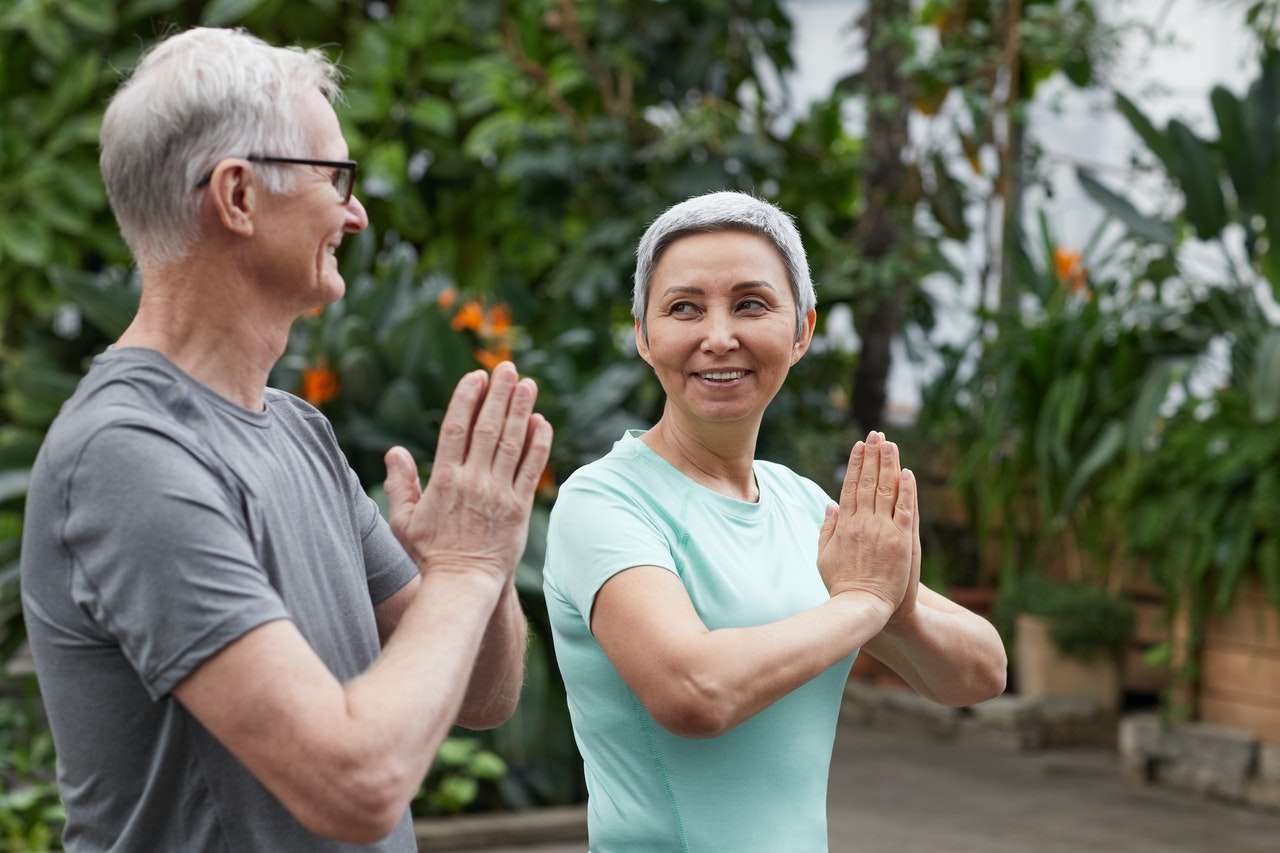
Strength and balance exercises will ensure that you’re in good shape and able to stay on your feet wherever possible.
The NHS has some easy-to-understand strength exercises to help build muscle for general everyday tasks. They also have some good balance exercises that will help keep you on your feet for longer.
2. Preventing falls
Of course, taking action to prevent falls from occurring at home is incredibly important. There can be lots of trip hazards around your own home that could potentially cause a fall. Whether it’s loose cables, slippery floors, or even poor lighting, these are all things that can easily be fixed.
You can take simple precautions with equipment to help prevent falls as well. Using non-slip mats and grab rails around the house will make it easier to stay on your feet and keep your balance.
If a fall does happen, then it’s important to try and get back on your feet which isn’t always easy. But getting back to a standing position reduces your chances of further injuring yourself on the floor. There are specialist falls lifting devices like the Raizer that are designed to get people back on their feet with minimal hassle after a fall.
3. Hip protection
Hip protection devices have been developed using the latest technology to help protect people from injuries during a fall. The Hip’Guard belt is by far the most innovative hip protection device on the market.
You simply wear the belt throughout the day, and it measures your movements using cutting-edge technology. The belt can then detect when you are falling over — and it can tell which side you are falling to — and it will inflate an airbag to cushion and protect your hip joint to prevent fractures.
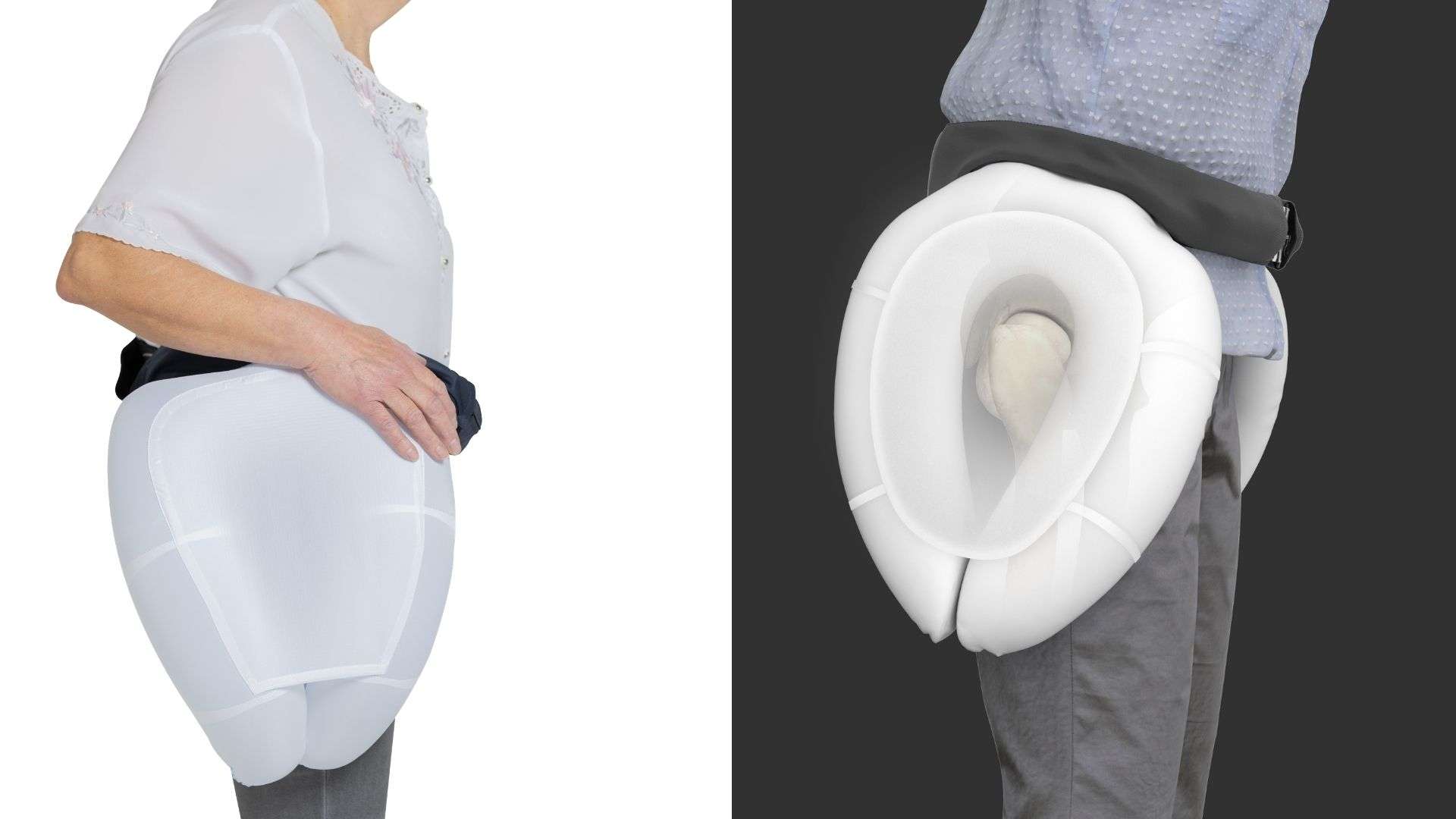
The Hip’Guard belt inflates an airbag on the side you are falling to and cradles the hip joint to minimise impact and reduce the chance of a hip fracture.
It takes just 0.2 seconds for the Hip’Guard to detect a fall, and then it takes a mere 0.08 seconds to inflate the airbag and protect your hip. It’s a simple design that’s incredibly effective and easy to use; it’s just like wearing a belt.
The cushion itself is specially designed to cradle the femoral neck to give as much protection and support as possible during a fall. The Hip’Guard reduces impact force by 90%, which greatly decreases your chances of sustaining a hip fracture. When it comes to hip fractures, the Hip’Guard is the ultimate protection.
There are other devices you can use alongside the Hip’Guard to minimise the risk of hip fractures. Fallout mats can be used on either side of the bed to cushion you should you fall out. And similarly, low-profiling beds can go closer to the ground to minimise the impact from a fall. Teamed together, all of these devices can give you a wealth of protection from hip fractures.
Summary
Hip fractures can be life-altering injuries, but it’s important to remember that you can take steps to prevent them and protect yourself from ever sustaining one. Whilst we can’t deny that falls and hip fractures often go hand-in-hand, we can certainly say that there are ways to avoid them both. Simple things like exercising and ensuring that your environment isn’t filled with trip hazards can make all the difference.
But for the extra level of protection from hip fractures, investing in the right equipment is the way to go. With devices as simple and effective as the Hip’Guard, you can have peace of mind that you or your loved one is as protected as can be. Order your Hip’Guard belt here and rest assured that you’re protected from hip fractures.
You can find further information on the impact of falls and hip fractures here
Enquire about what can be done to prevent hip fractures?
If you’re looking for more advice, please get in touch.






